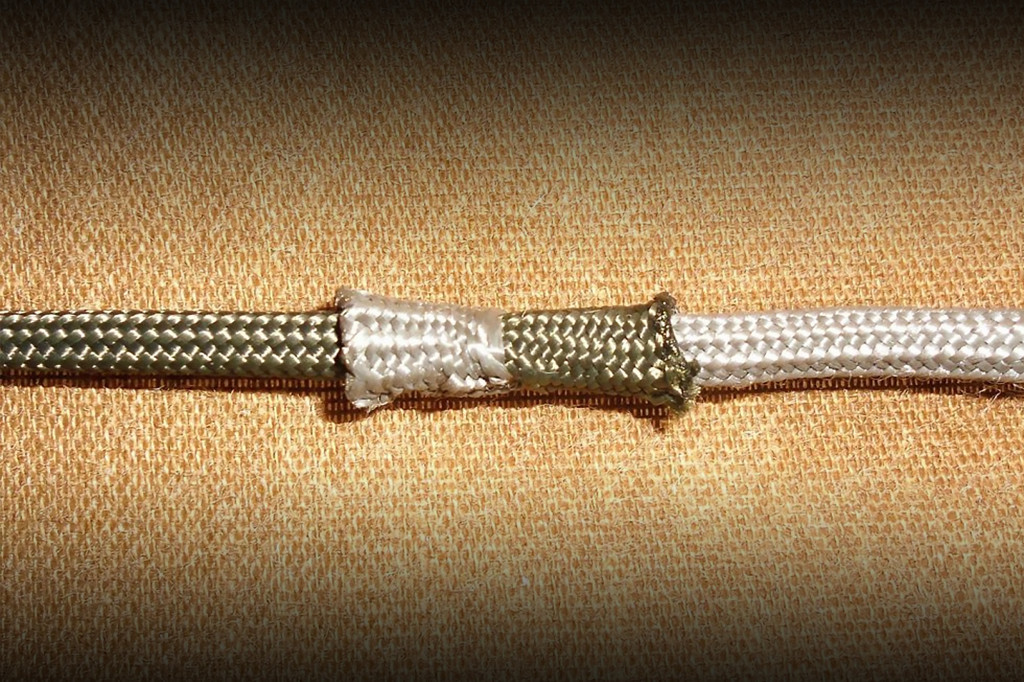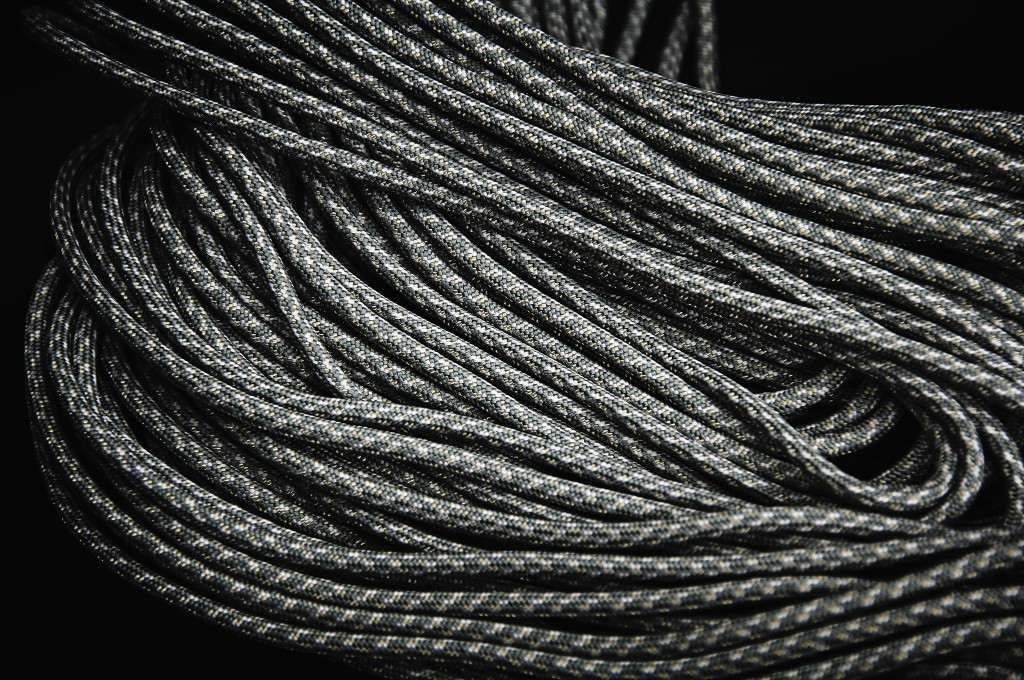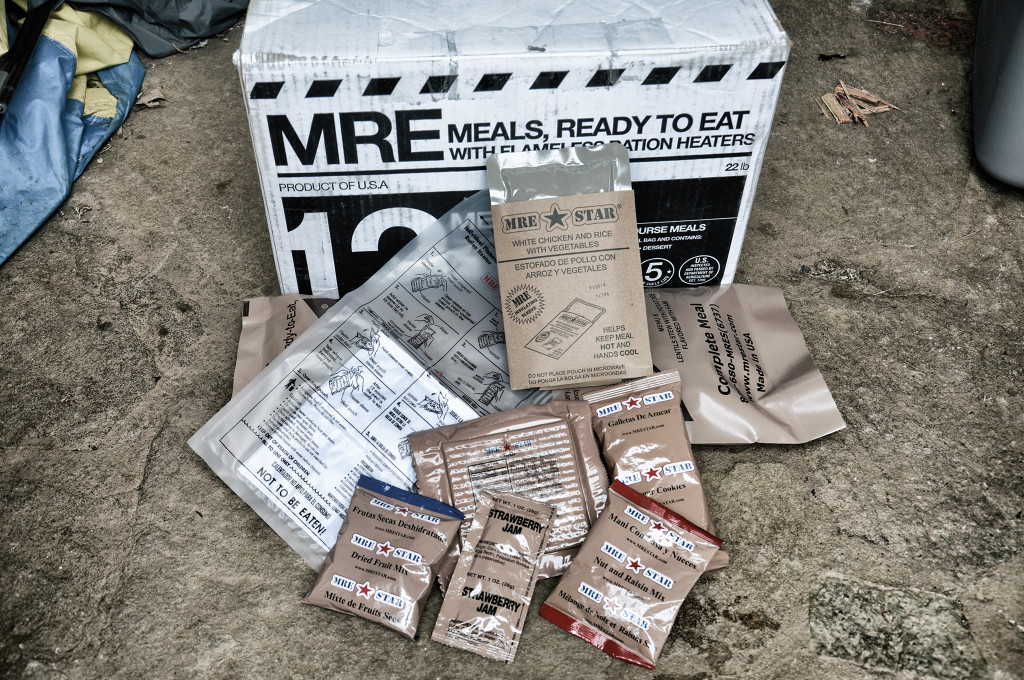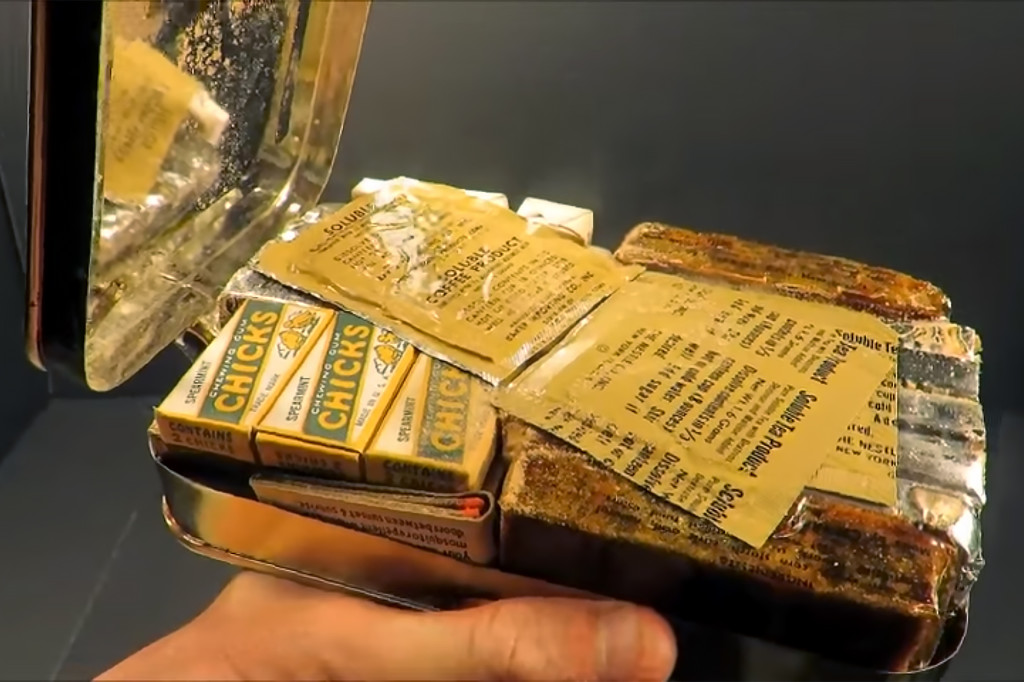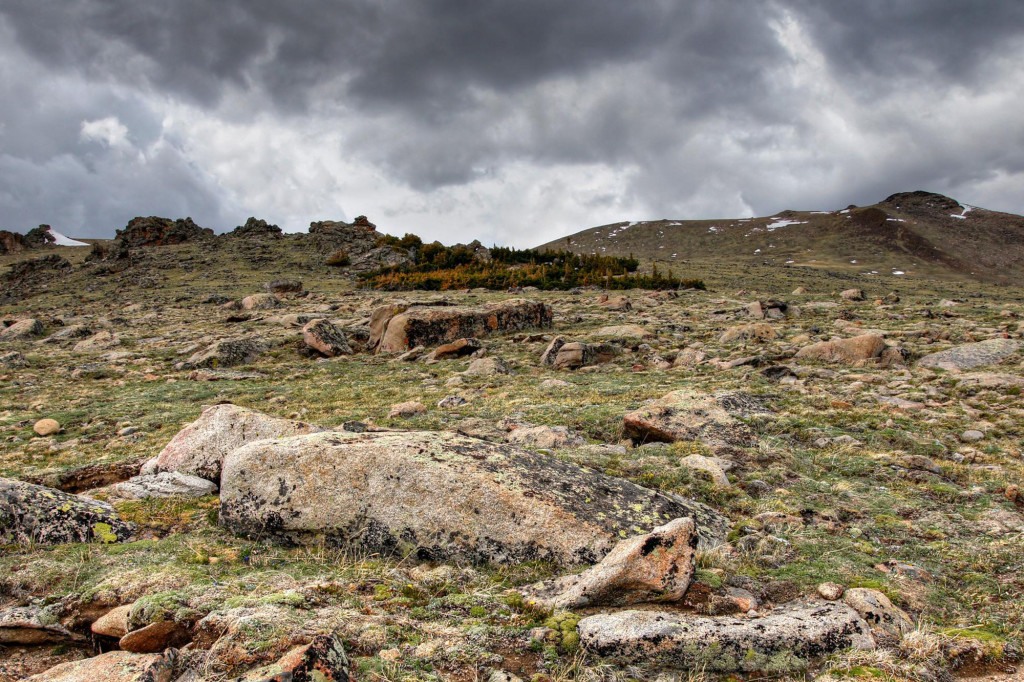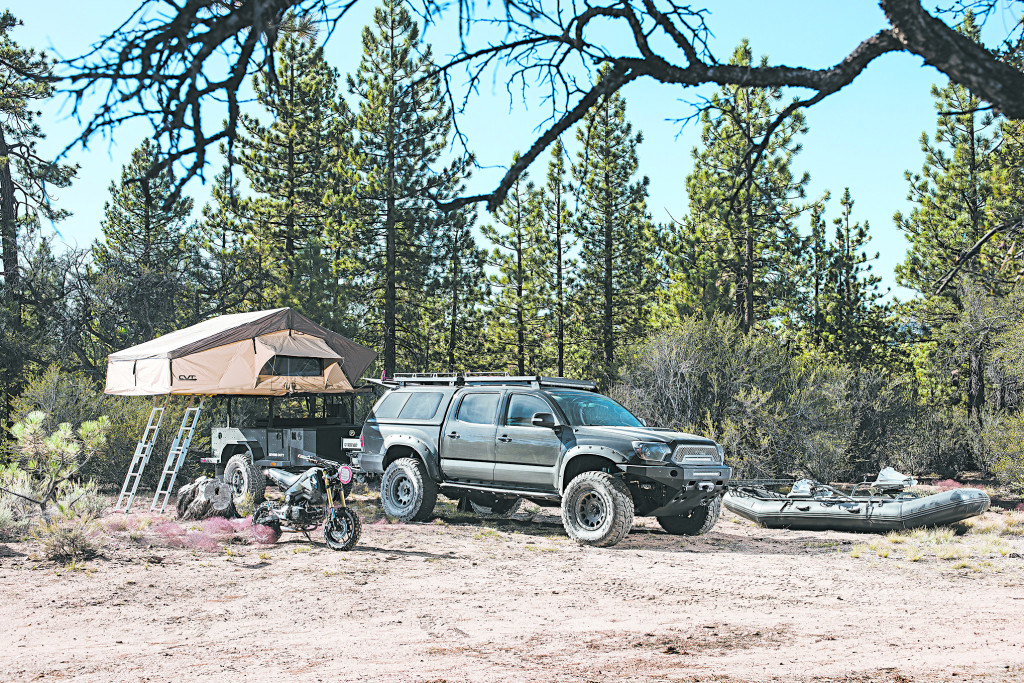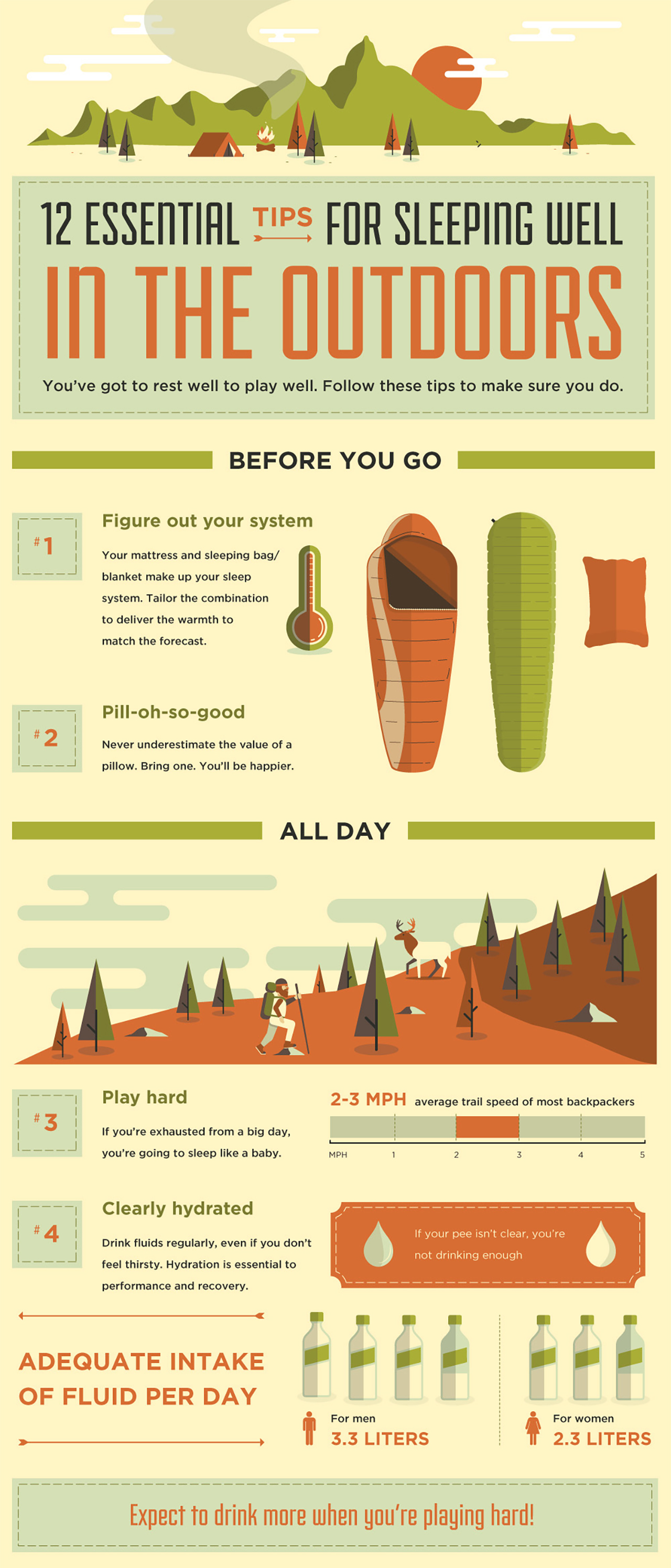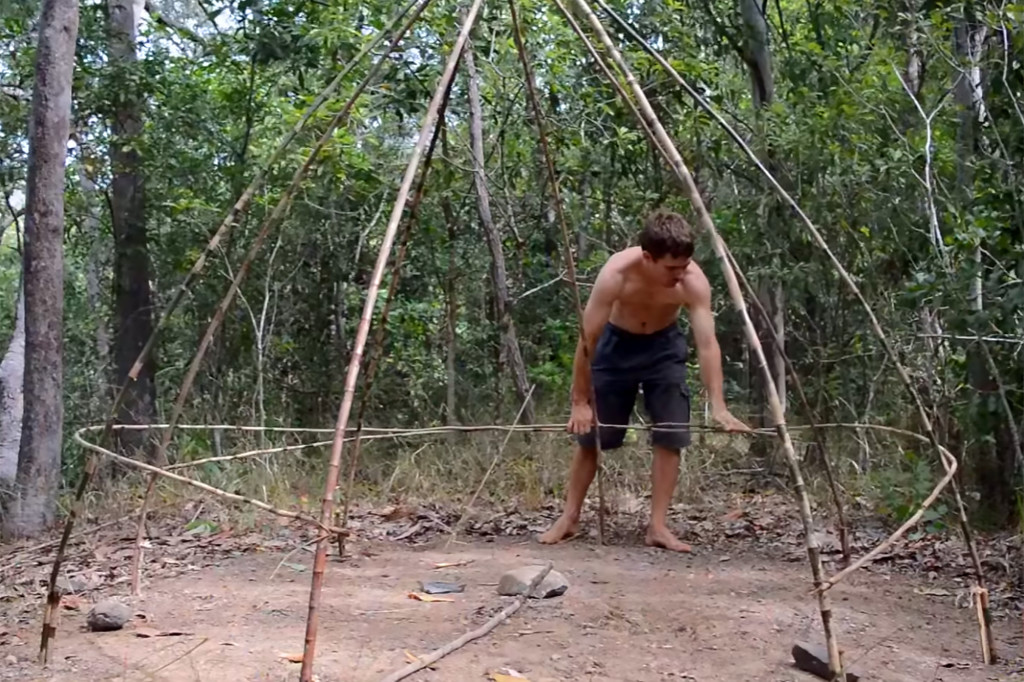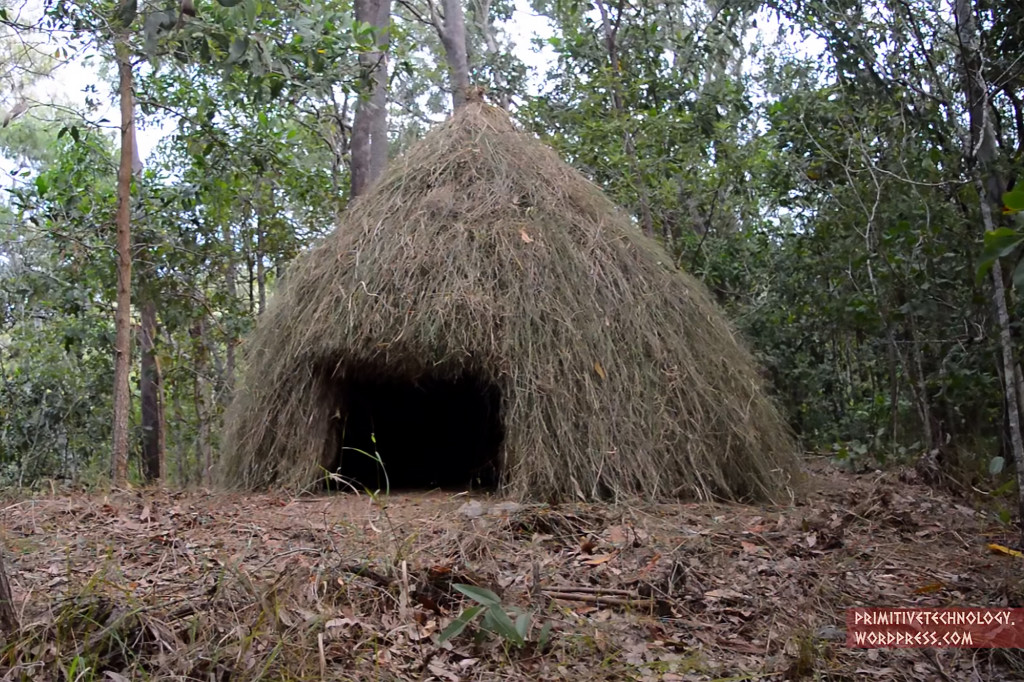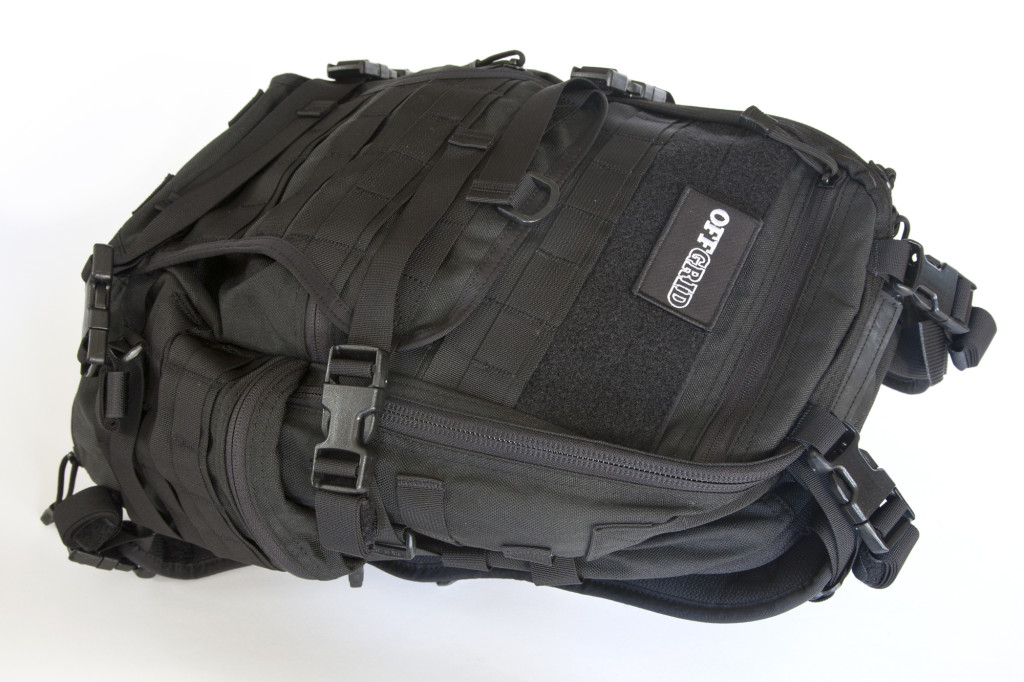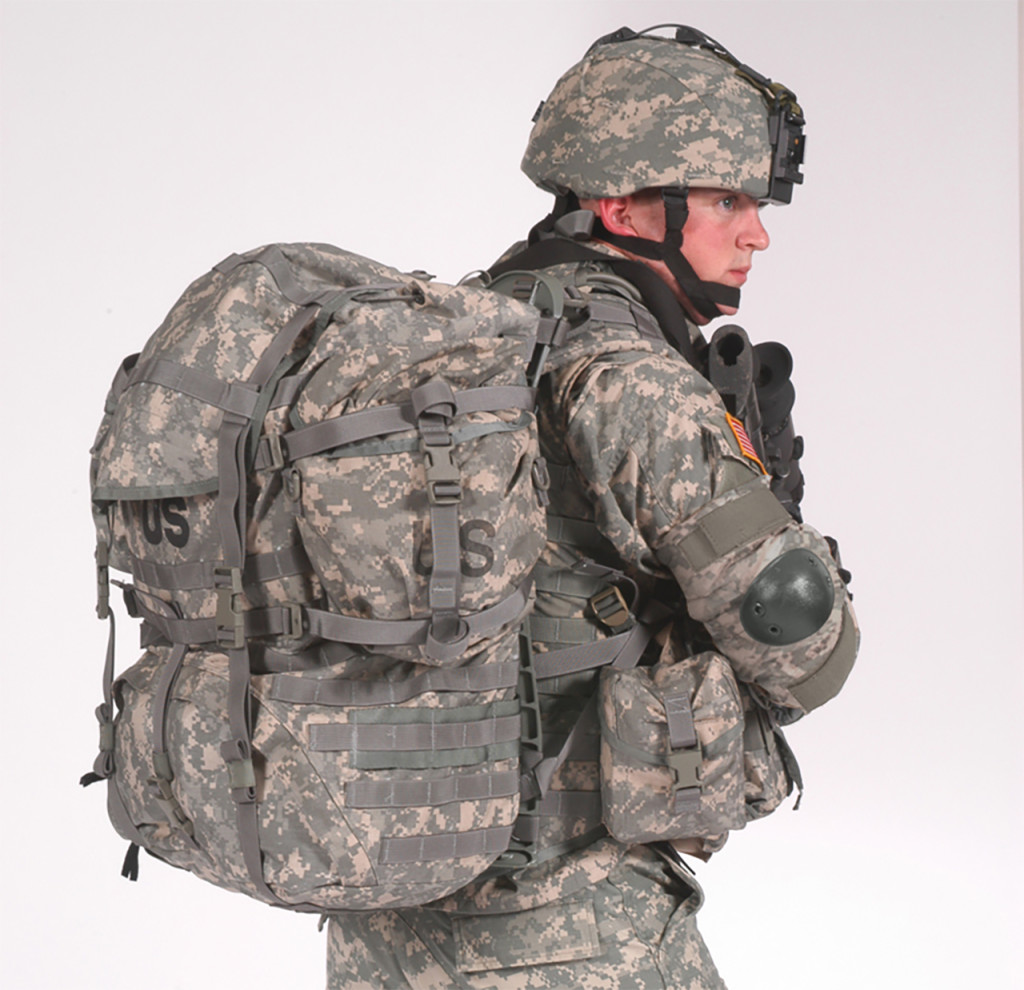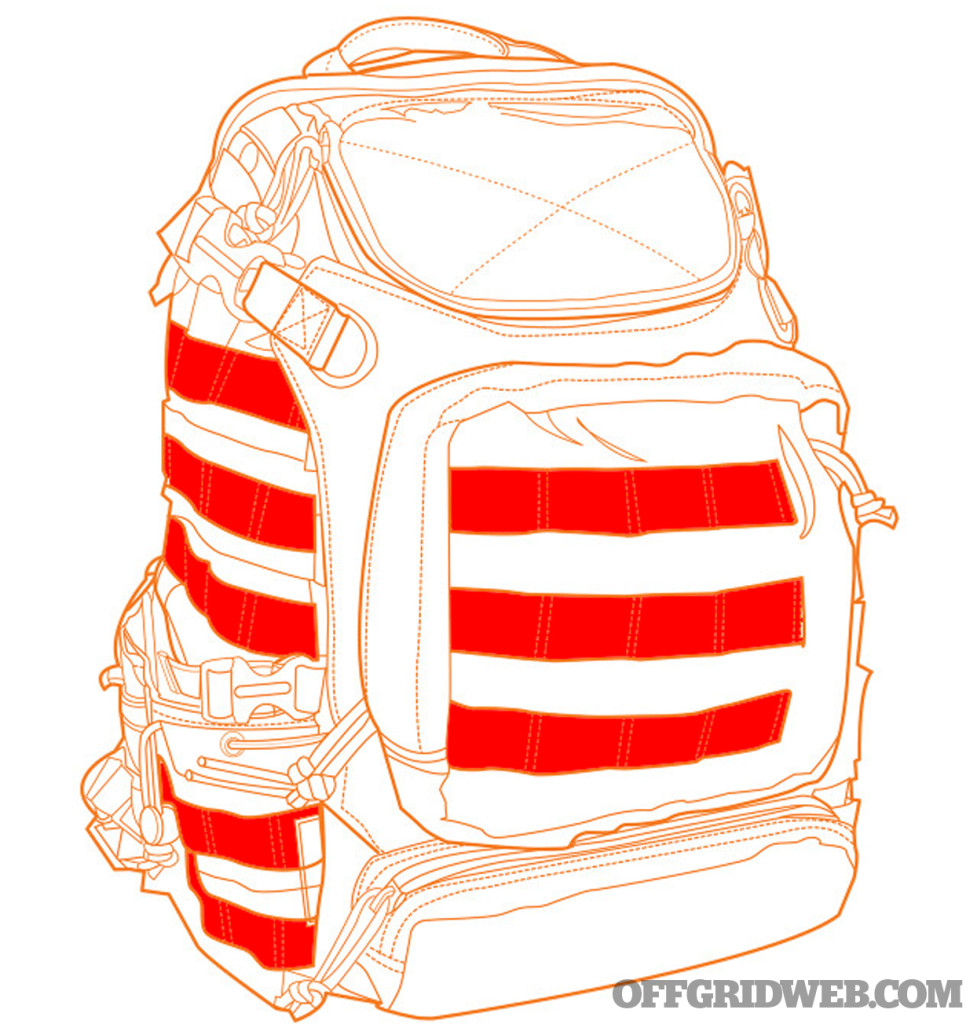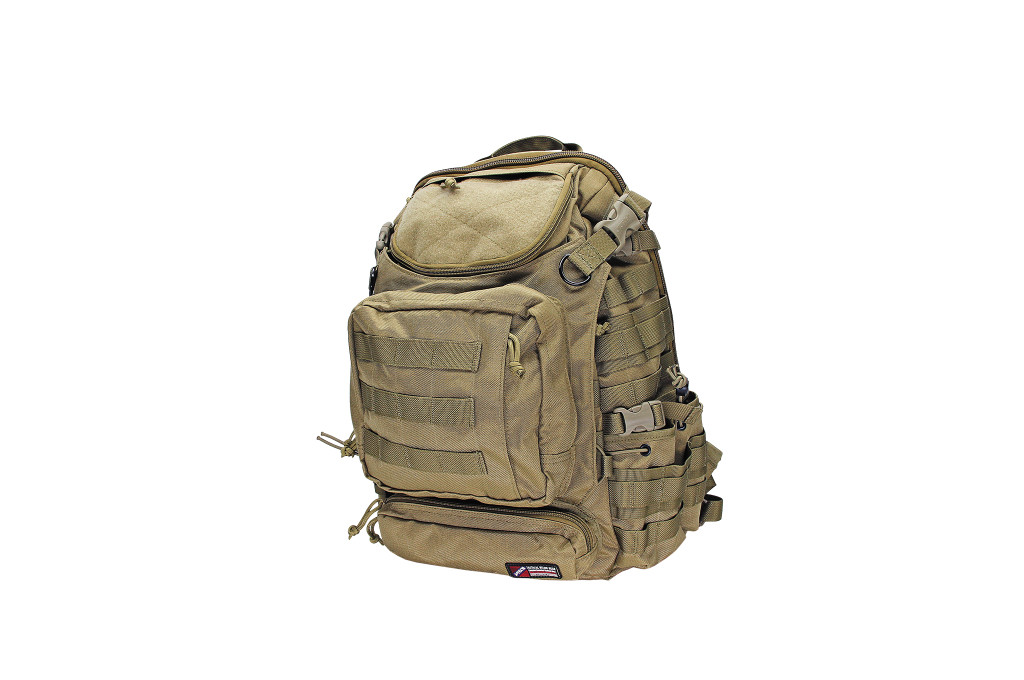Welcome to another entry of Survival Scenarios, where we ask you how you’d handle a difficult choice in a hypothetical survival situation. Previously, we asked whether you’d go barefoot in order to keep your bug-out bag, and also whether you’d rather be adrift at sea or stranded in the barren desert. Today we’ll be posing another difficult survival choice, and asking your opinion in a poll at the end of this article.
How would you rather survive for one week: with a loaded handgun and no light source, or with a flashlight and no dedicated weapon?

You may think this sounds like an easy choice, but don’t jump to conclusions just yet. Before you answer, we’ll provide some more information on the circumstances. As with previous Survival Scenarios, in either case, you’ll need to survive for 7 days (and nights), and you’ll be alone.
The Location

When the weather is clear, the Seattle area can be beautiful. However, it’s also notorious for heavy rain.
You will be surviving on the suburban streets of Everett, Washington, just north of Seattle. Our scenario takes place in December, so there only will be approximately 8 hours of usable natural light each day. The remaining 16 hours will be twilight or total darkness.

During the short days of winter, residents of the northwest rely heavily on the power grid to provide light.
Also, even if you’ve never visited the Seattle area, you’ll surely know its reputation for rain and inclement weather. In this scenario, that reputation will be taking full effect, as a major rainstorm has been drenching the region for days. Even when the rainfall lets up briefly, the skies remain gloomy and dark grey. Widespread flooding and power outages have begun to affect much of the Everett area, and the storm appears to be rapidly getting worse.

December is also typically the coldest month in coastal Washington, so temperatures will be hovering in the mid-40s during the day, and dropping to the mid-30s at night (plus wind chill). It’s not snowing, but it’s still freezing cold, windy, and wet outside.
The Setup
It’s 3:30pm and your flight just landed at SEA-TAC airport. As a result of the weather, it was a rough landing, but you’re relieved to be on the ground.

You’ll be in town all week for a business conference, which is located just north of Seattle. Your stingy employer didn’t want to spend extra to get you a hotel room in the city, so they got you a cheap sub-compact rental car and booked a hotel room in Everett. It’s over 20 miles from the conference venue, but they were able to save a few bucks on T&E—figures.
After grabbing your luggage from the baggage carousel, you check in with an apathetic employee at the rental car desk, and head out to find your car. Stepping out into the damp parking structure, you notice it’s already getting dark, and it’s not even 4:00 yet. A raincoat-clad woman directs you to your rental car, cautioning you about the incoming weather, and you drive away into the rain.

On the freeway, your rental car is buffeted by sheets of driving rain. At this point, you’re navigating more by your phone’s GPS app than by road signs, since visibility is minimal. After a nerve-racking 40-minute drive, you eventually exit the freeway, which is practically devoid of vehicles at this point. After a few empty blocks, you notice the street lights are out and the water level on the road keeps getting deeper.
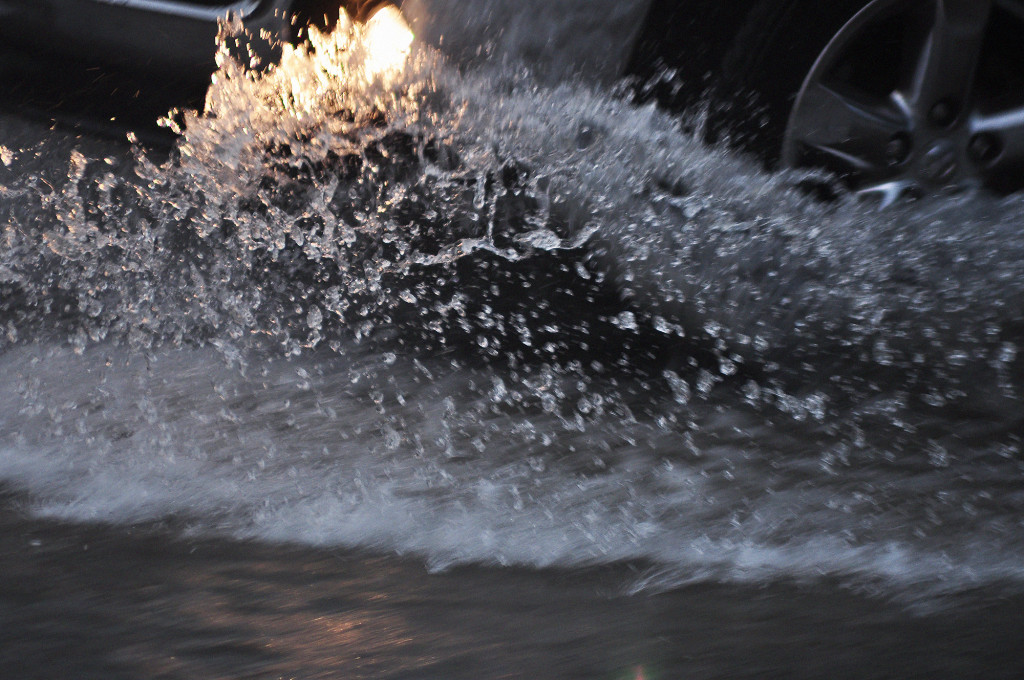
You enter an intersection, planning to turn around, only to feel your rental car’s engine sputter and stall. The headlamps and dashboard lights cut out, leaving you stranded in darkness, with only the sound of rain hammering your windshield and roof. You realize you need to get out of here, and the car certainly isn’t going anywhere under its own power.
Opening the car door, you watch as water rushes in around your ankles. That can’t be good. You step out of the car, and slosh through knee-deep water in the twilight to unlock the trunk. Lifting your luggage under one arm, you wade to the side of the road, and climb onto an elevated brick wall to evaluate your situation. It’s still pouring rain, your cell phone battery is nearly dead, and you haven’t seen anyone else on the road for several miles.
Worst of all, you’re stuck in unfamiliar surroundings at night, and you’re not sure how to get to your hotel—which is probably already flooded like the other nearby buildings.
The Decision

In this survival situation, you’re left with the following resources:
- The clothes on your back—jeans, a long-sleeved shirt, a pullover jacket, a light raincoat, and some high-top boots (thoroughly soaked)
- Your nearly-dead cell phone (now showing “No Signal”), rental car keys, a pen, and about $100 cash in your wallet
- In your suitcase: several sets of dress clothes, a toiletries kit, phone wall charger, and a laptop
None of these items will do you much good at this point. However, there’s one thing in your suitcase that will help:
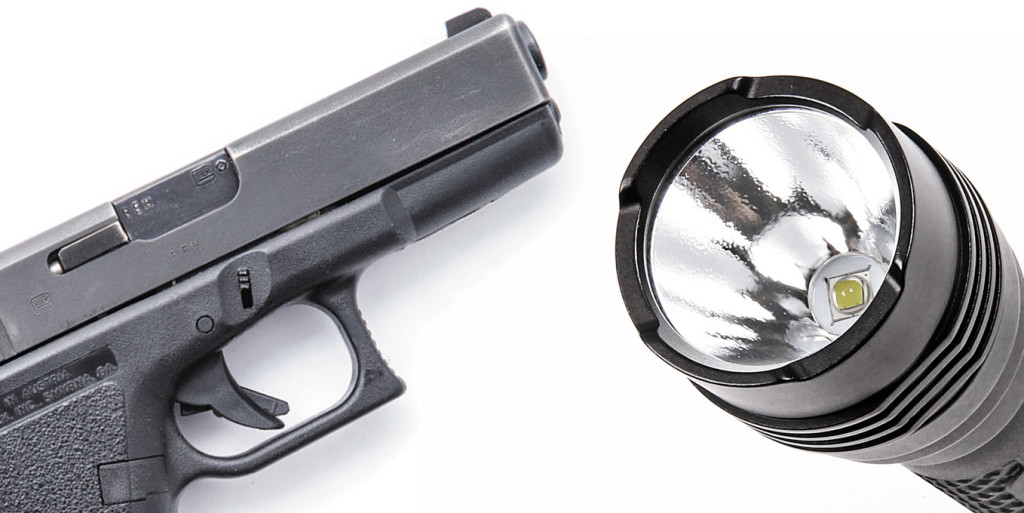
One way or another, you’re going to have to find your way to somewhere dry, and weather the storm. With the current state of your surroundings, and what you heard of the weather forecast earlier, you could easily be stuck here for days.
The Firearm
On one hand, the concealed pistol will provide immediate security. Wandering dark and unfamiliar streets in a flood zone is dangerous enough on its own, not to mention the risk of looters and opportunistic criminals noticing your presence. You recall reading that this area has a moderate violent crime rate, but theft is a major problem in some parts of town, and there’s a substantial homeless population.
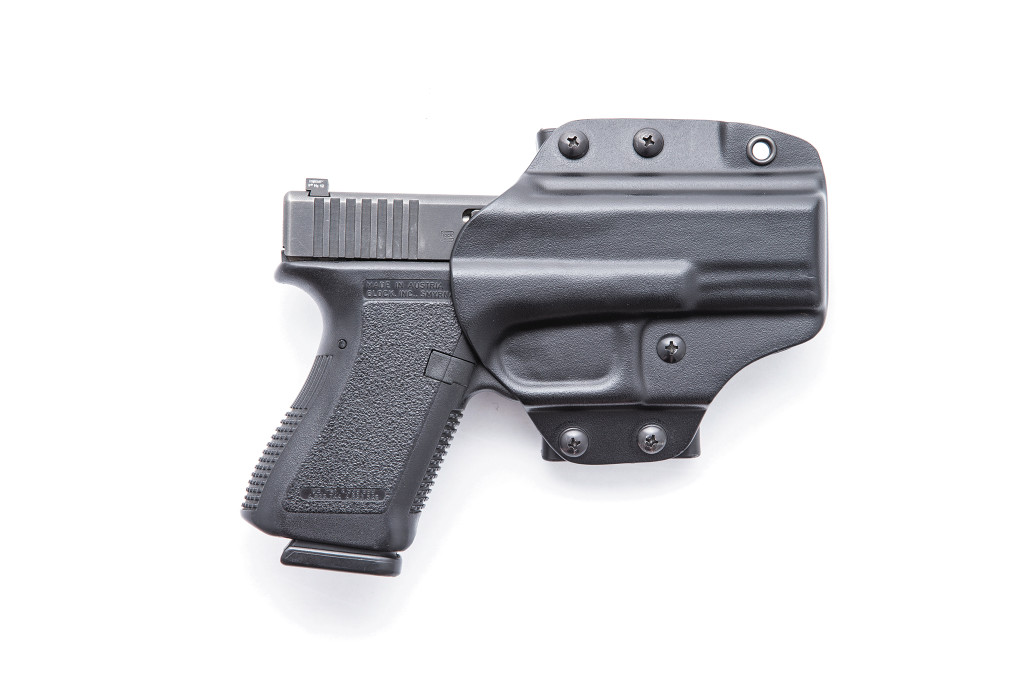
However, if you choose the firearm, you’ll find that you left your flashlight at home. Target acquisition at night will be nearly impossible without a light source, and the power appears to be out for miles in all directions. No streetlights, and virtually no moonlight due to thick cloud cover. You’d be flying mostly blind, but at least you’d be able to protect yourself with deadly force if it came down to it.
The firearm will certainly be more useful during the daylight hours, but remember that those 8 hours pass quickly at this time of year.
The Flashlight
On the other hand, a flashlight will provide an immediate advantage for navigating to a safer location. If you can wade through the flood waters for a few blocks, you might be able to find a safer spot to hole up for the night.
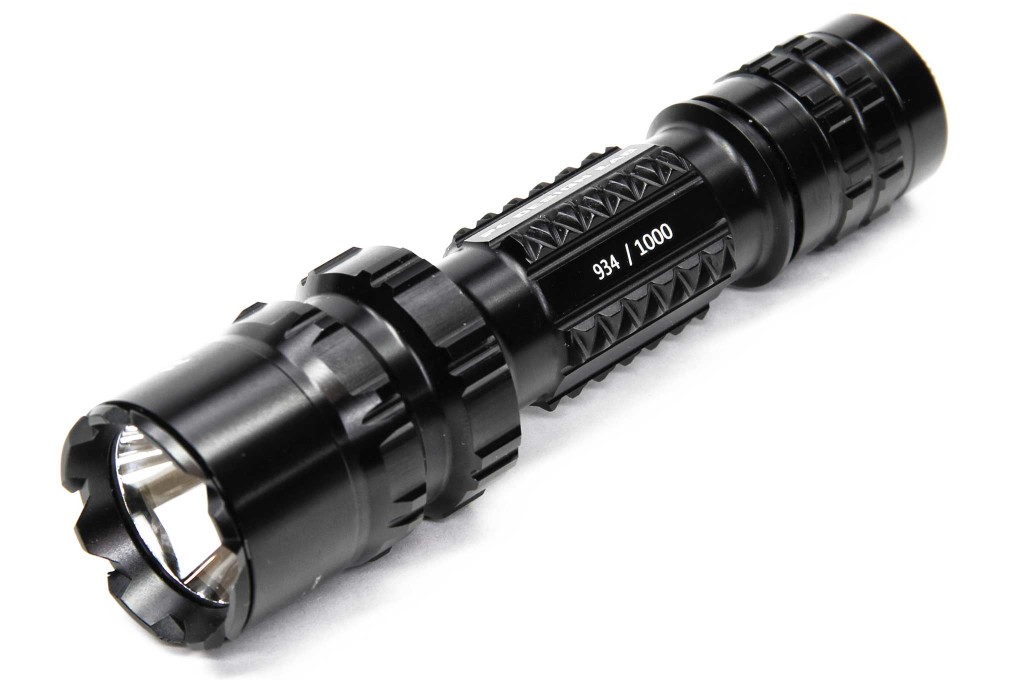
The flashlight will almost certainly draw the attention of anyone nearby, for better or worse. If that individual is friendly, they may be able to help you to safety. Then again, if that individual has less benevolent intentions, you’ll be forced to defend yourself as best you can.
In a confrontation, the light can temporarily disorient attackers, or can be used as a striking implement up close. It’s certainly better than fighting with your bare hands, but it’s not nearly as effective as a gun would be. Physical confrontation may seem unlikely, but there’s no telling what could happen if a desperate person sees you as a vulnerable tourist.
So, make your choice of either flashlight or firearm in the poll below, and feel free to justify your decision in the comments section.
Survival Scenarios is a recurring feature on OFFGRIDweb.com, and will ask you to make a difficult choice between two or more hypothetical situations.
We don’t just want you to read our posts silently—we want to hear what you have to say. That’s why we’re working hard to provide more interactive content like quizzes, polls, and giveaways. Got any suggestions? Post them in the comments below, or head over to our Facebook page.

